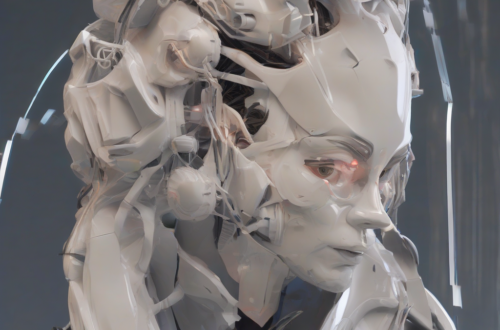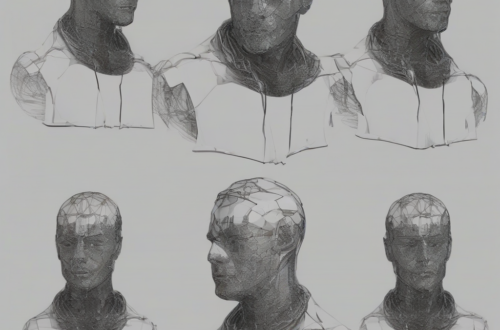Modern Pest Control: Techniques, Solutions, and Sustainability
Pest control is an essential aspect of maintaining a healthy and safe environment, both for individuals and for the wider ecosystem. Pests, from insects and rodents to weeds and other invasive species, can pose significant threats to human health, property, agriculture, and biodiversity. Modern pest control approaches have evolved significantly, embracing new technologies and methodologies aimed at achieving effective pest management while minimizing environmental impact and promoting sustainability.
Integrated Pest Management (IPM): A Holistic Approach
Integrated pest management (IPM) is a cornerstone of modern pest control. It represents a comprehensive and holistic approach that emphasizes prevention, monitoring, and the use of a variety of control methods, both biological and chemical, in an integrated manner. IPM aims to minimize the reliance on synthetic pesticides, reducing their potential negative effects on human health, wildlife, and the environment.
- **Prevention:** IPM prioritizes preventive measures to discourage pest infestations in the first place. This includes habitat modification, sanitation practices, and the use of resistant varieties of crops. For example, sealing cracks and crevices in homes can prevent rodent infestations, while proper sanitation in food preparation areas can minimize insect attraction.
- **Monitoring:** Regular monitoring is crucial for early detection of pests and identifying the most effective control measures. This involves employing traps, visual inspections, and other tools to assess pest populations and their impact on the environment.
- **Control Methods:** IPM incorporates a variety of control methods, including:
- Biological Control: Introducing natural predators, parasites, or pathogens that target specific pests. For example, using ladybugs to control aphids or employing Bacillus thuringiensis (Bt) bacteria to control certain insect larvae.
- Cultural Control: Modifying agricultural practices or landscaping to make the environment less suitable for pests. This could involve crop rotation, intercropping, or maintaining a diverse landscape.
- Mechanical Control: Employing physical methods to eliminate pests, such as traps, screens, or vacuuming.
- Chemical Control: Using pesticides as a last resort, applying them selectively and in targeted areas to minimize environmental impact.
- Decision Making: IPM emphasizes making informed decisions about pest control based on thorough monitoring and analysis. It involves setting acceptable pest levels and determining the most appropriate control measures for a specific situation.
Innovative Technologies in Pest Control
Advances in technology have significantly enhanced the effectiveness and efficiency of pest control methods. Modern pest control techniques leverage a range of technologies, including:
- Precision Pest Management (PPM): PPM uses technologies such as remote sensing, GPS, and geographic information systems (GIS) to precisely target pest populations and apply control measures only where needed, minimizing the use of pesticides and reducing environmental impact.
- Smart Traps and Monitoring Devices: Wireless traps and monitoring devices provide real-time data on pest activity, allowing for timely and targeted interventions. These devices often incorporate sensors that detect pests and send alerts to mobile devices, enabling proactive pest management.
- Robotics and Automation: Robots are being developed for various pest control tasks, including scouting, spraying, and weed control. These robots can work autonomously, reducing the need for manual labor and potential human exposure to hazardous chemicals.
- Biopesticides: Biopesticides are derived from natural sources, such as bacteria, fungi, or plants, and provide a more environmentally friendly alternative to synthetic pesticides. They offer targeted control of specific pests with reduced risks to human health and the environment.
- Pheromone Technology: Pheromones are chemical signals used by insects for communication, mating, and other activities. Pheromone traps can be used to lure insects into traps, disrupt their mating cycles, or deter them from laying eggs.
Sustainability in Pest Control
Sustainability is paramount in modern pest control. The goal is to develop and implement methods that effectively manage pests while protecting human health, minimizing environmental impact, and preserving biodiversity.
- Reduced Chemical Use: Modern pest control emphasizes reducing reliance on synthetic pesticides, prioritizing preventive measures, biological control, and other environmentally friendly approaches. This minimizes the risk of pesticide residues in food, water, and the environment, protecting both human and wildlife health.
- Conservation of Natural Predators: Protecting and promoting natural predators of pests is crucial for sustainable pest control. Creating and maintaining diverse habitats that support beneficial insects, birds, and other predators can help regulate pest populations naturally.
- Integrated Landscape Design: Designing landscapes that are less susceptible to pests can significantly reduce the need for chemical treatments. This may involve incorporating a variety of plant species, avoiding monocultures, and providing habitat for natural enemies.
- Responsible Pesticide Use: When chemical control is necessary, modern pest control practices promote the use of safe and effective pesticides. This includes choosing pesticides with minimal environmental impact, applying them correctly, and using appropriate personal protective equipment.
Challenges and Future Directions
Despite significant advancements in pest control, there are still challenges and opportunities for further innovation and improvement.
- Emerging Pests and Resistance: The emergence of new pests and the development of resistance to pesticides pose ongoing challenges to pest control. Ongoing research and development are crucial to stay ahead of these challenges.
- Public Perception: Misinformation and public anxiety about pesticides can sometimes hinder the implementation of effective pest control strategies. Public education and outreach are essential to build trust and promote sustainable pest management practices.
- Data and Technology: The collection and analysis of large datasets on pest populations and their impact are essential for effective pest management. Integrating data science and artificial intelligence into pest control systems can enhance predictive capabilities and optimize control strategies.
- Urban Pest Control: Growing urbanization presents unique challenges for pest control, with dense populations and limited green spaces. Sustainable and effective pest management solutions are needed for urban environments.
Conclusion
Modern pest control has come a long way, embracing innovative technologies and sustainable practices to effectively manage pests while safeguarding human health and the environment. IPM, integrated pest management, has become the foundation of modern pest control, emphasizing prevention, monitoring, and a diverse range of control methods. As technology continues to advance and our understanding of pest biology deepens, we can expect further progress in developing more effective, targeted, and sustainable pest control solutions. The future of pest control lies in a harmonious balance between human needs and environmental protection.





